Much like January, there are few plants that bloom in February. Though, in February, quite a few more plants start to bloom, and some that were listed under the January blooms that might not have been in bloom for you should hopefully start to awaken this month. If the perennials, bulbs, shrubs, and trees still aren’t flowering for you, might I suggest the old winter annual standbys –
Table of Contents
Pansies and Violas
There’s a few more color options around than the standard yellow, purple or white if you want to change things up. They make more of a statement when planted en masse, and they tend to handle the cooler weather fairly well. You can also keep them around for spring, interplanted among spring-flowering bulbs like tulips and hyacinths to get more bang for your buck.
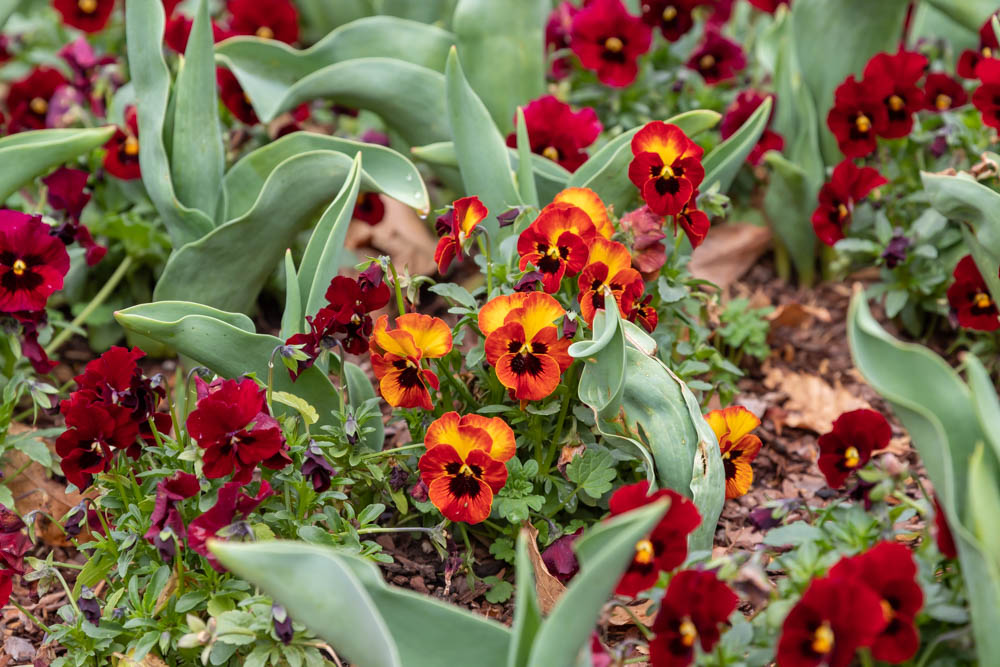
Perennial Bulbs
There are several bulbs that flower in late winter or early spring, as mentioned previously. This month brings the addition of daffodils towards the end of the month.
Crocus
These bulbs are early-flowering, so should be making an appearance in many gardens during the month of February. There are a lot of color options available and there are also several different species of Crocus – vernus, biflorus, chrysanthus, etruscus, minimus, olivieri, sieberi. Vernus tends to flower later than the other species of crocus, so if you are looking for earlier flowers, those are the way to go. They are also called Species Crocus or Snow Crocus if you are looking online. Crocus vernus has larger flowers and is also known as large-flowering crocus, giant crocus, or Dutch crocus. Really, any variety of crocus will get you some later winter/early spring blooms and will be a welcome sight in your garden.

Classic purple crocus 
Crocus ‘Orange Monarch’ 
Crocus ‘Miss Vain’
Eranthis hyemalis
As mentioned in the January blooms post, Eranthis hyemalis (winter aconite) is another early-flowering bulb to include in your garden for blooms in January and February. They’re a little less common at fall flower bulb sites (and you definitely won’t find them at stores). I found mine at Dutch Grown. They look beautiful in large drifts. See below for such an example.

Their performance in middle Tennessee, however, can be a little touch-and-go. I thought that perhaps it was just me that struggled to get winter aconite to take hold, but as you can see below, even Cheekwood doesn’t seem to have the conditions that will produce large drifts of winter aconite either. Here are a few in their garden:

I don’t feel quite so bad after seeing their failure to take hold at Cheekwood. I had some in my garden. A handful bloomed in the first year, but looked pretty pathetic. The next year only two bloomed and they were even more pathetic. The year after that they were all dead. 😪 They like humus-y well-drained soil, neither of which Tennessee is particularly known for. I’m not sure if it’s worth it for me to try again. I might just go with more crocuses.
Galanthus
Galanthus elwesii, Galanthus nivalis, and Galanthus woronowii are three varieties of a flower known as snowdrop. This is another flower that can be pretty unimpressive when there is just one or two scattered around like below:
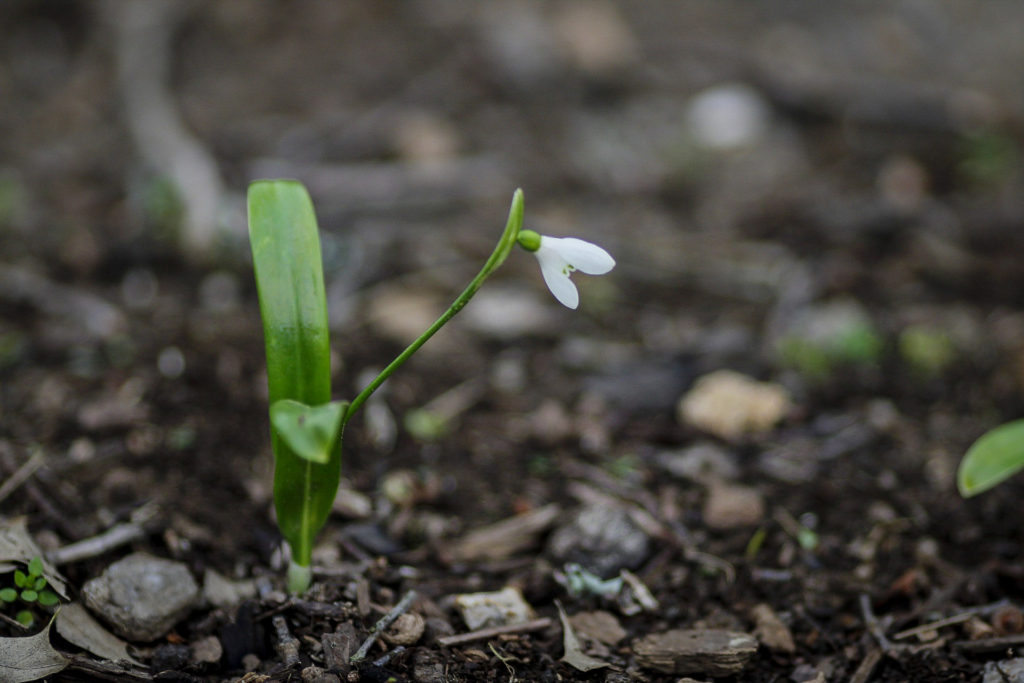
They are so beautiful in huge drifts. Here are some at Cheekwood that are doing a bit better than mine. Suffice it to say, you probably want to plant more than 5-10 snowdrops if you want to make a statement.

Narcissus
Daffodils are a crowd favorite, and some early-flowering varieties start to bloom at the tail end of February, though if not in February, definitely in March. They are super tough, easy to grow, and put on a beautiful show every spring. Purchase some early, mid, and late spring bloomers to lengthen the season.

Herbaceous Perennials
There are a couple herbaceous perennials that flower at this time of year as well.
Iberis sempervirens
Iberis sempervirens a.k.a. Candytuft has a fairly long blooming period. Some of mine started blooming in January and continue to bloom into March. It’s a great plant for the front of borders or, as you see below, on a rock wall. I have started to see these at garden centers (Lowe’s specifically) in the early spring for sale so you shouldn’t have too difficult of a time finding them. If not there, there are plenty of online retailers that sell it, like American Meadows and Bluestone Perennials.

Helleborus
I can’t talk about winter flowers without mentioning hellebores. There are so many varieties on the market and they are becoming increasingly popular, so you should be able to find them at most garden centers. Though, some of the big box chains haven’t quite figured out how amazing they are, so you might try garden centers/nurseries if you are striking out at Home Depot and Lowe’s. Helleborus niger typically blooms the earliest, but there are many Helleborus hybridus that could bloom earlier or later depending on what the crosses were.

Hellebores come in many colors 
They brighten up the winter garden 
They also provide a nectar source for bees
Another cool hellebore variety is Helleborus foetidus a.k.a. Stinking Hellebore. It does not stink, in case you were wondering. 😆 The flowers are a beautiful light green color, and brighten up shady corners of the garden. The foliage is also unique.

Wildflowers
So far, all of the plants mentioned have been non-native, but never fear, there are a few native wildflowers that bloom early in the year. Though not easy to find through garden centers or online plant sellers, there are a few early-blooming wildflowers that could brighten up your garden. These early bloomers also aren’t the most impressive flowers, but that seems to be true of a lot of the other early flowers as well when compared to some of the mid to late spring (and beyond) flowers.
Claytonia virginica a.k.a. Spring Beauty is one of the earliest blooming spring ephemerals. I’ve seen some on my hikes in Edwin Warner park as well as in grassy fields by the neighborhood pond. You can’t tell in the picture below, but they have pink stripes on the flower and are so cute! They are diminutive, but in large groups are quite nice.

Spring Beauty 
Harbinger of Spring 
Cutleaf toothwort
Erigenia bulbosa (Harbinger-of-Spring) is another wildflower that is a bit unimpressive, but when there are few other wildflowers to speak of, it’s nice to have something!
Cardamine concatenata or Cutleaf Toothwort reminds me of a snowdrop, but it has more flowers per stem. They are a little larger than the Erigenia bulbosa, so they stand out a bit more. They make a nice native alternative to snowdrops to include in your garden!
Shrubs
Another great source of flowers in the garden, particularly for pollinators, is flowering shrubs. There are a couple shrubs at this time of year that start to make their appearance.
Mahonia
There are a couple varieties of Mahonia that are flowering at this time of year. Mahonia eurybracteata ‘Soft Caress’ has nice bamboo-like foliage. Mahonia ‘Winter Sun’ is a hybrid variety that you can find at many garden centers. Mahonia aquifolium is native to the western United States. Mahonia bealei is invasive in some parts of the U.S., so do a little bit of research before purchasing a Mahonia to make sure you’ve got one appropriate for your area.
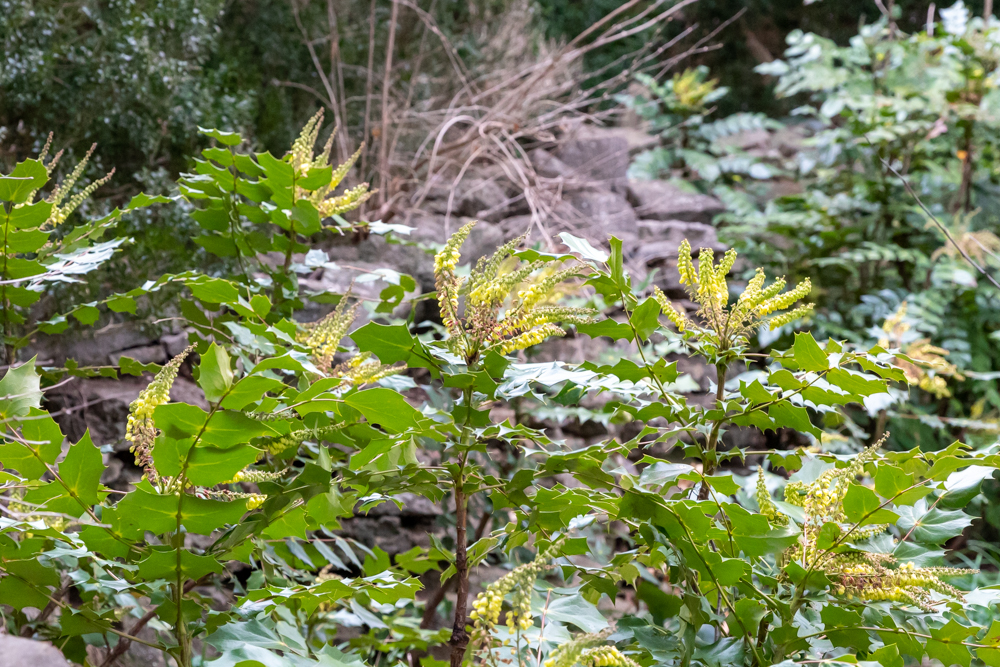
Edgeworthia chrysantha
Edgeworthia chrysantha or Paperbush starts to put out its flowers in February. They open up more throughout the month and really put on a wonderful fragrant display in March. Not a native shrub, but is well-behaved in the garden and provides blooms when little else is flowering.
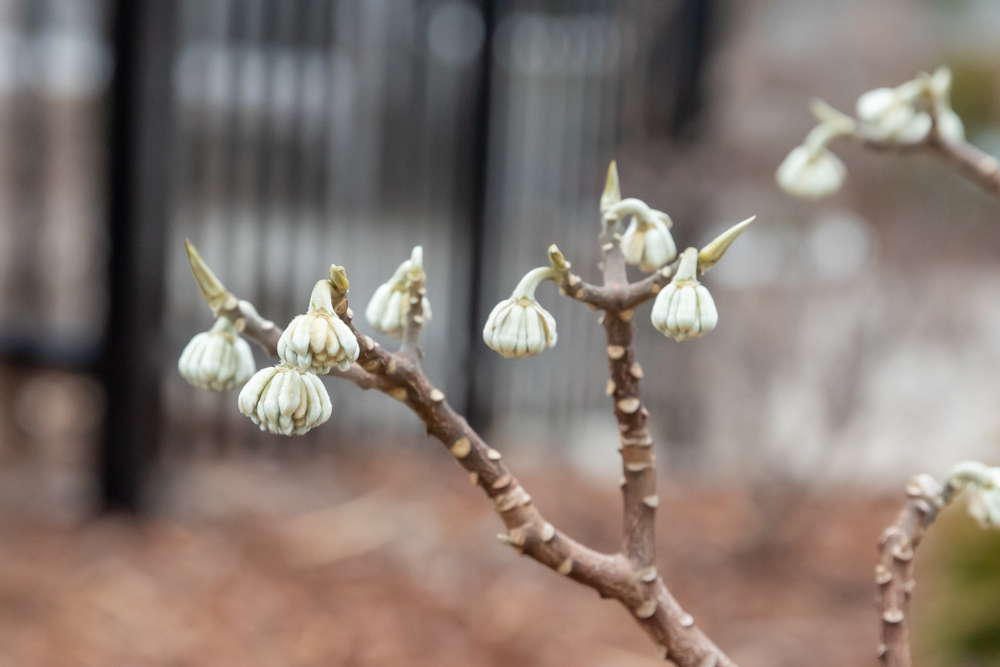
Chaenomeles speciosa
Chaenomeles speciosa (Quince) starts to flower in February as well, but really makes a full display in March. There are a lot of quince varieties on the market now, including some double flowering varieties from Proven Winners.

Quince will continue to bloom through snowy weather 
And really puts on a show
Trees
There are a few trees that bloom this time of year. Two mentioned in January continue to bloom in February – Chimonanthus praecox (wintersweet) and Hamamelis (witch hazel), pictured below. There are several different Hamamelis species that are more commonly available – Hamamelis virginiana, Hamamelis vernalis, and Hamamelis x intermedia (hybrid of mollis and japonica). Hamamelis virginiana and Hamamelis vernalis are both native to the United States.
One that may start to bloom at the end of February if your winter is warmer is the cherry blossom tree. There are many Prunus species and varieties, so look for ones that are considered early-flowering.

Fragrant Wintersweet 
Witch hazel 
Ornamental Cherry
Cornus mas
Cornus mas, or cornelian cherry, is a dogwood originating from Europe and Asia. It has pretty yellow flowers that start in February, and continue through March.

Weeds
And, if nothing else, there are a plethora of common garden weeds to provide flowers at this time of year, like Veronica filiformis, pictured below.

Anything blooming in your garden? I’d love to hear from you in the comments with your garden location and zone!

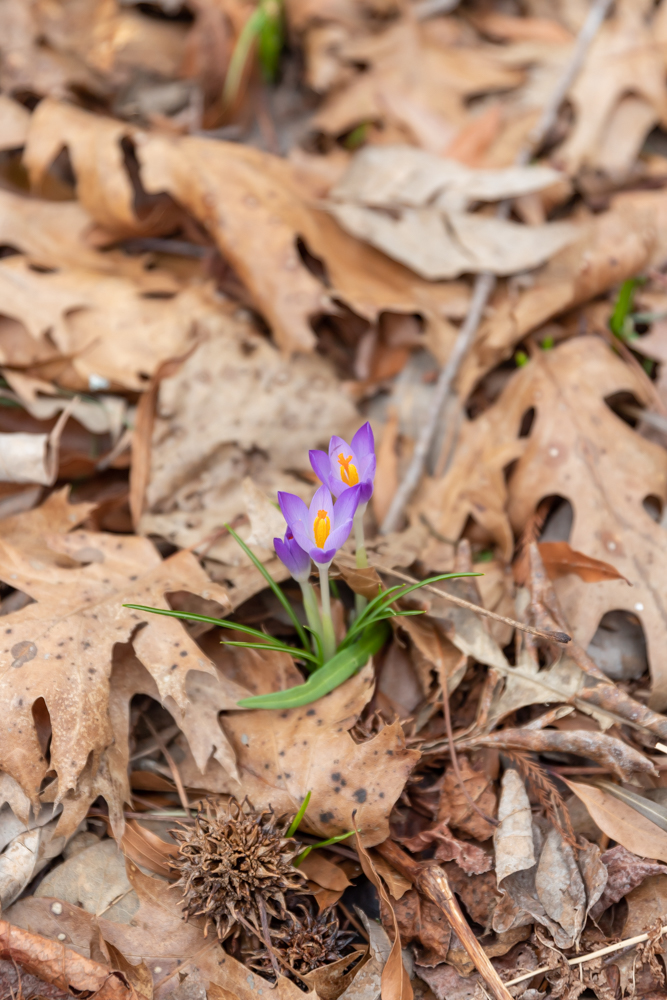
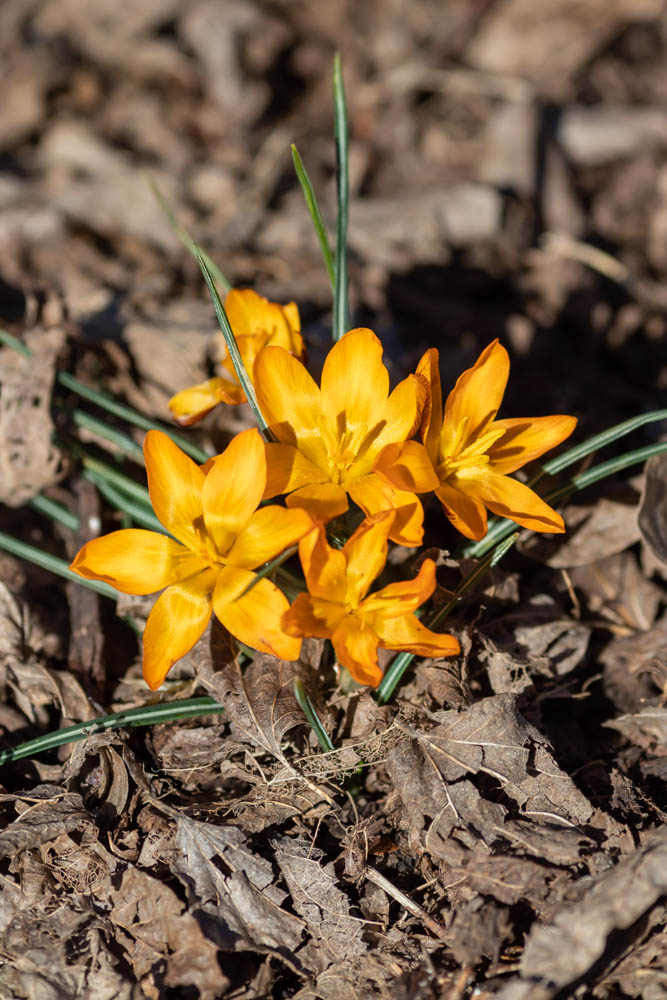
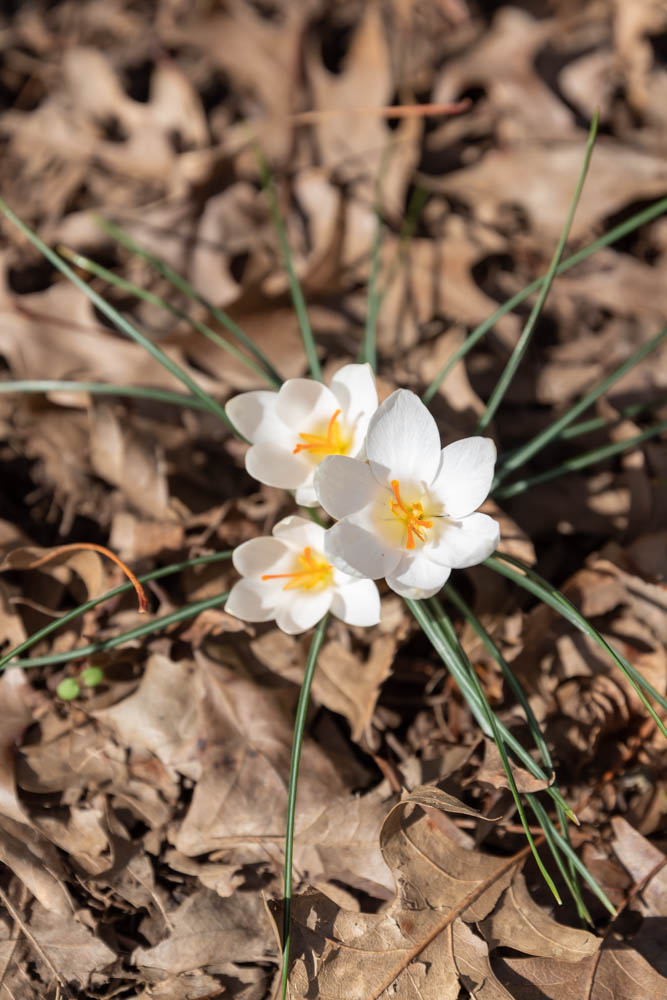

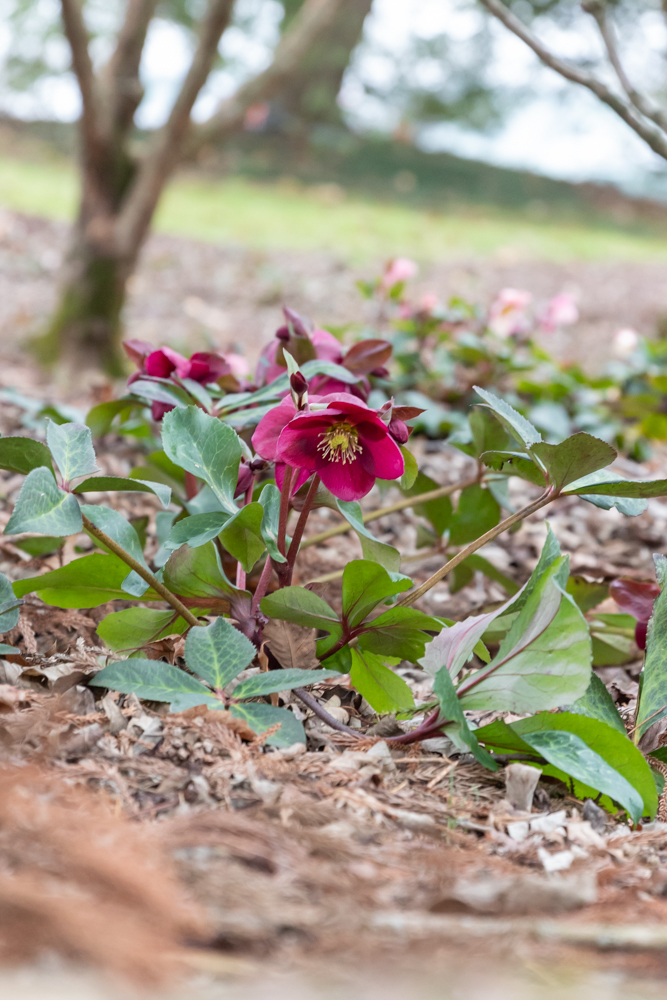
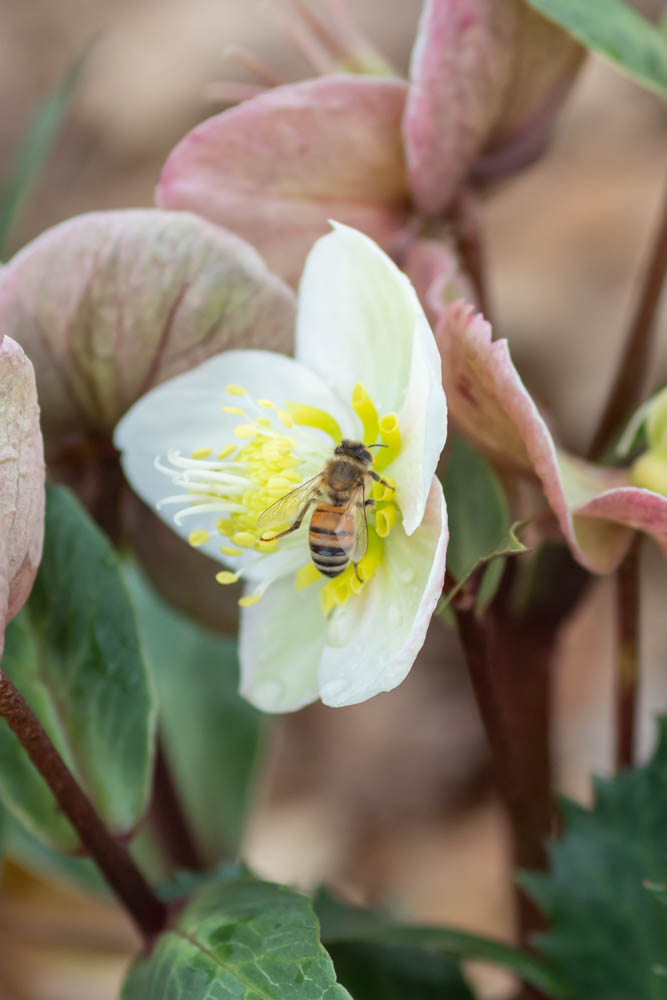
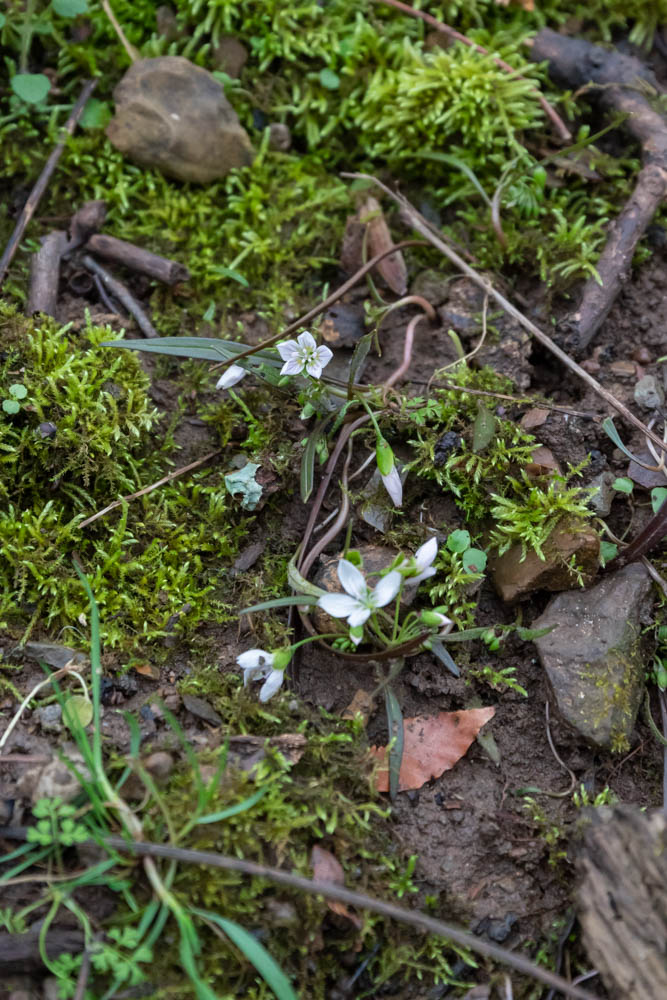
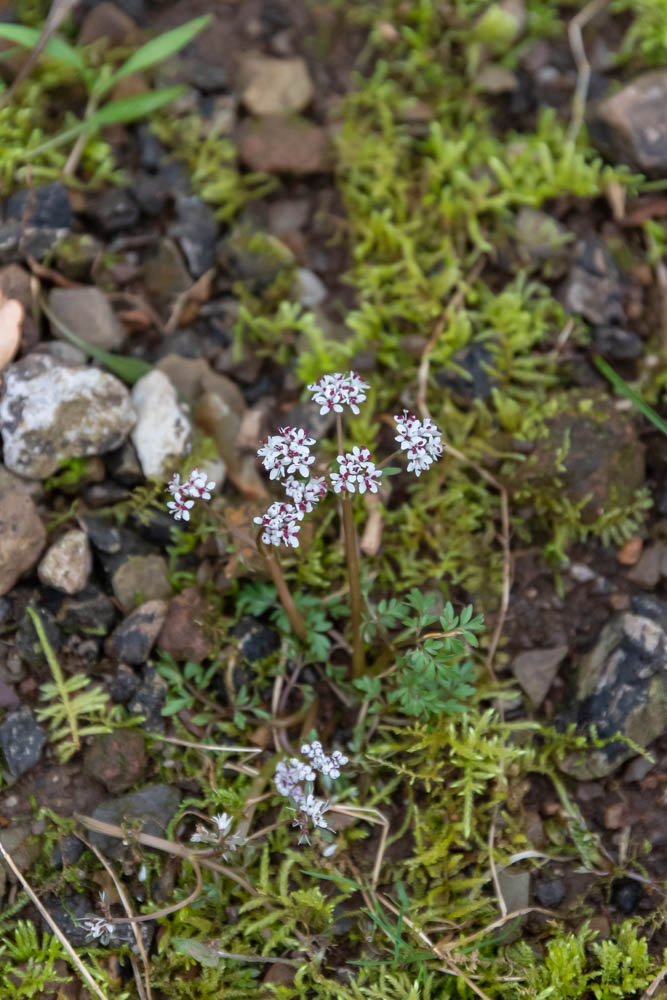
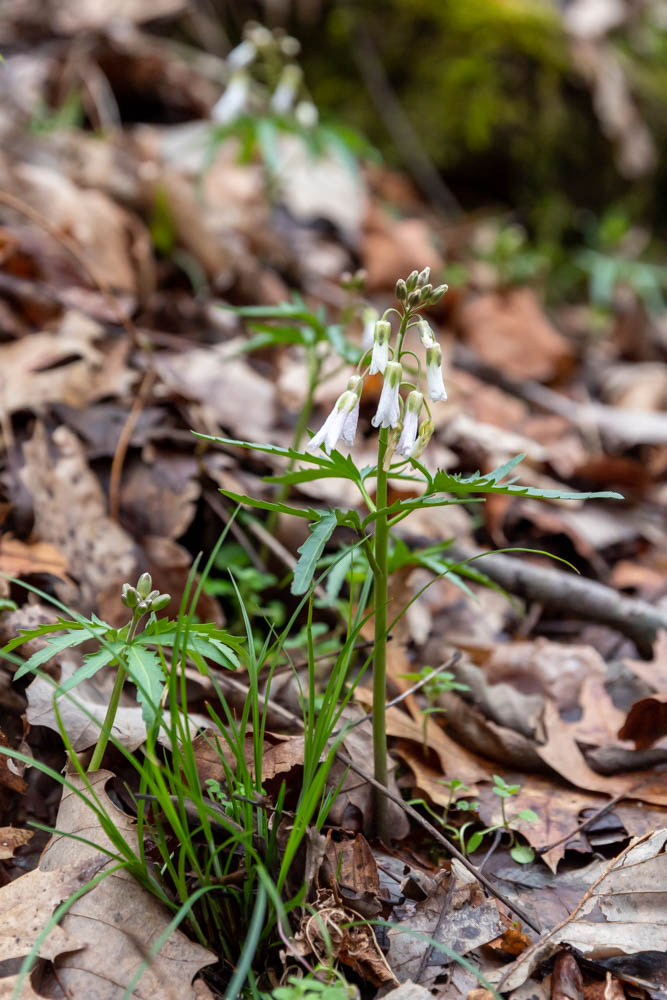
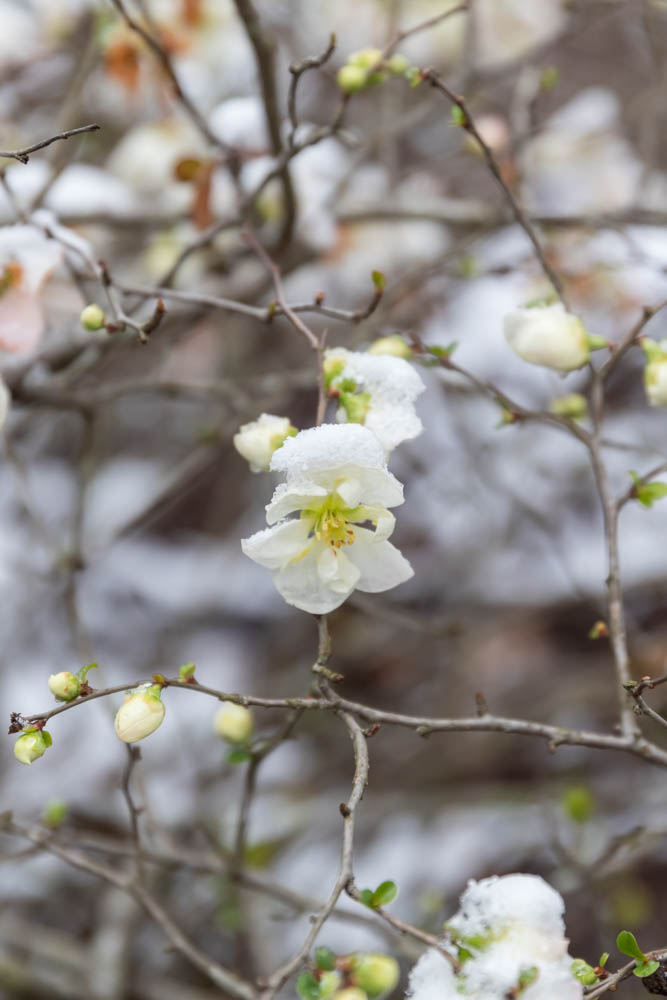
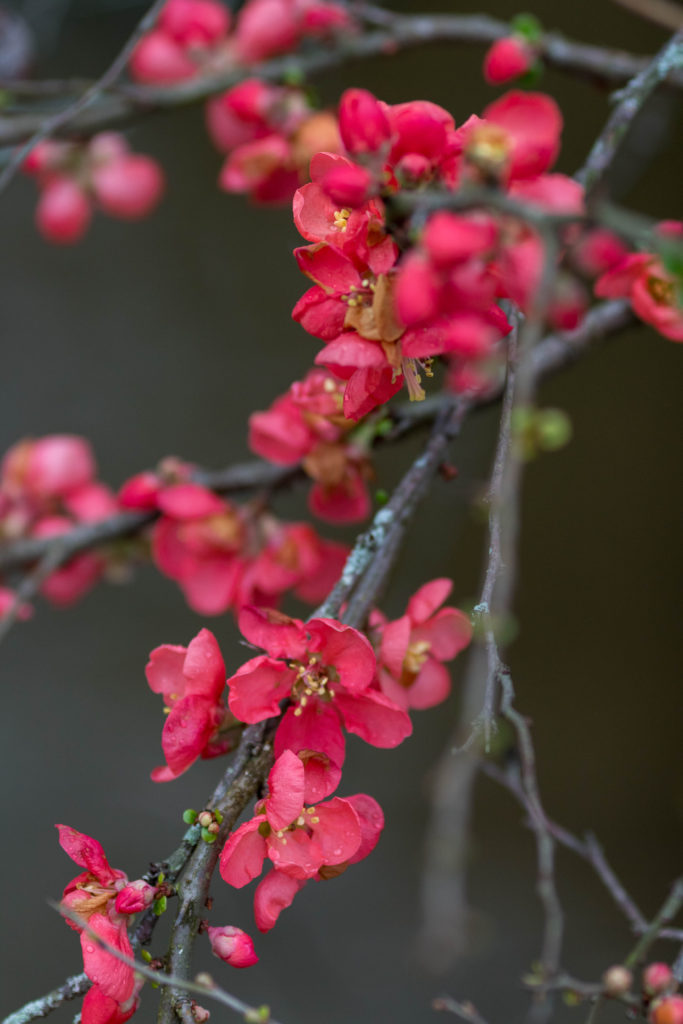
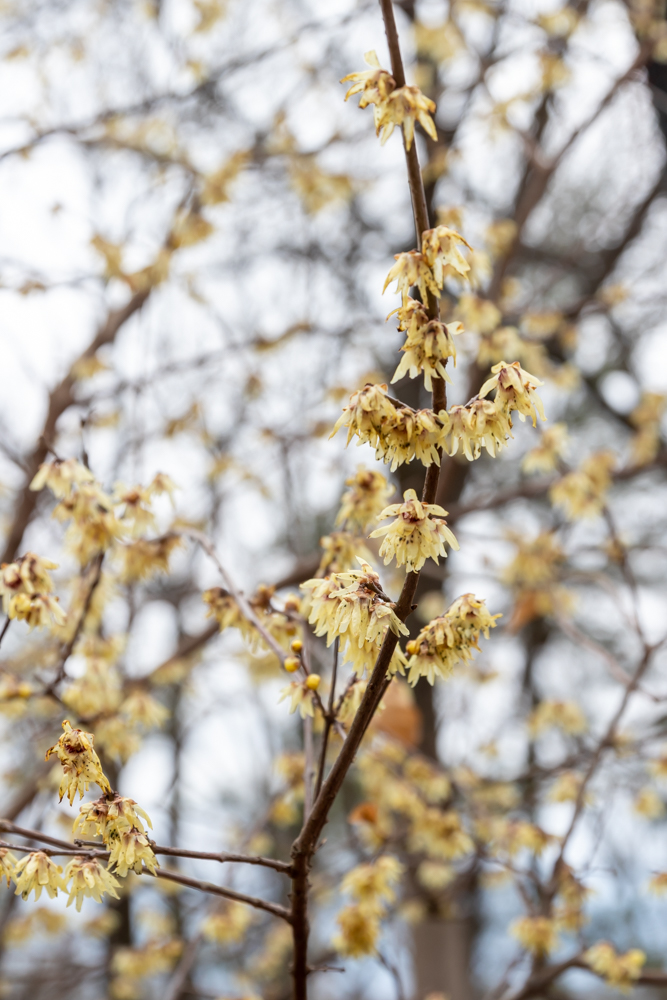
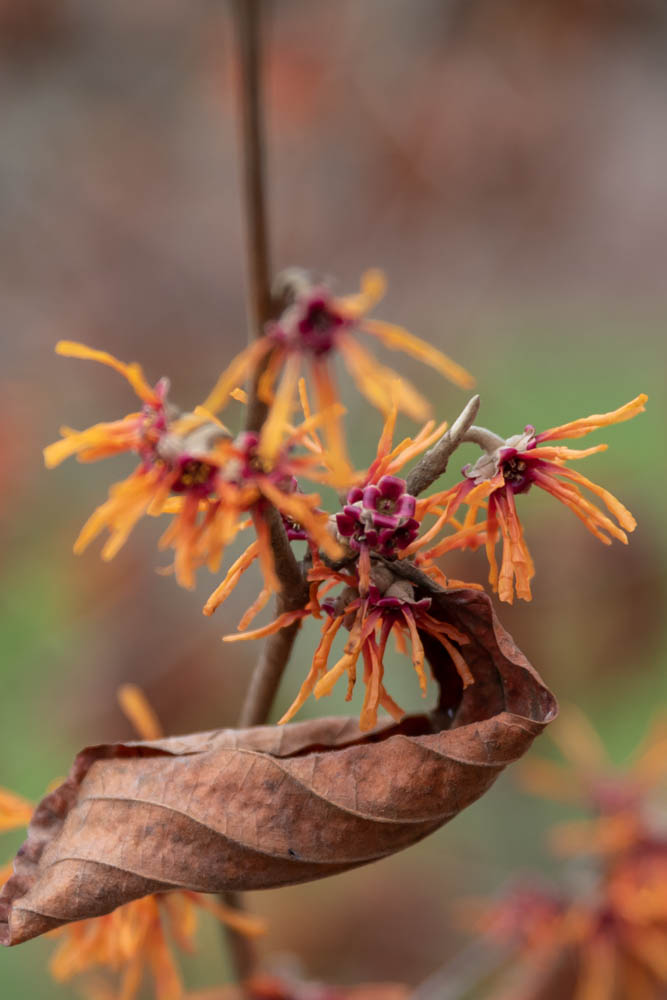
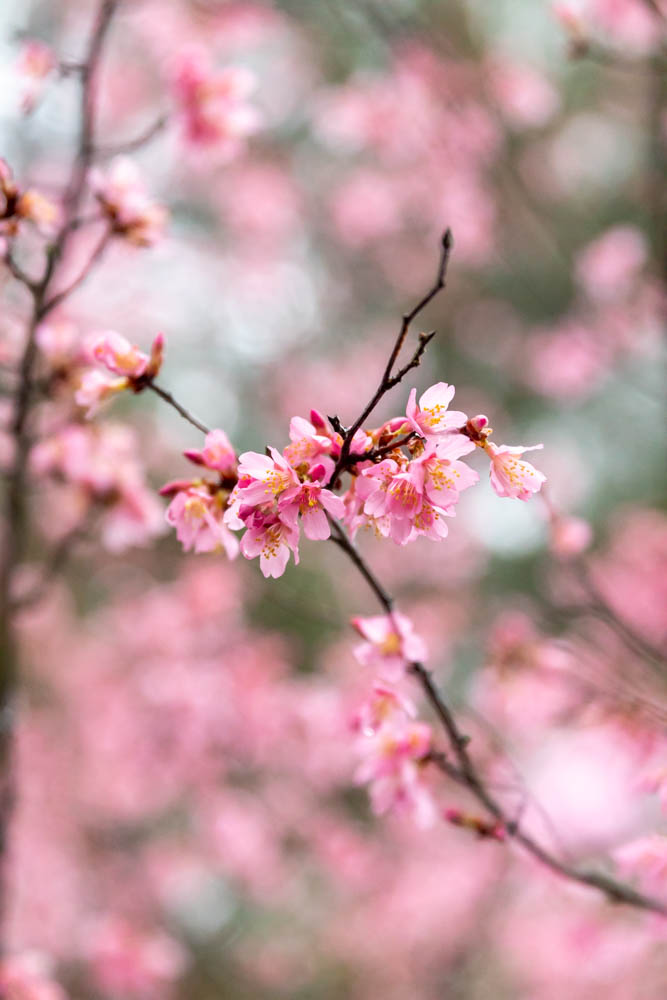

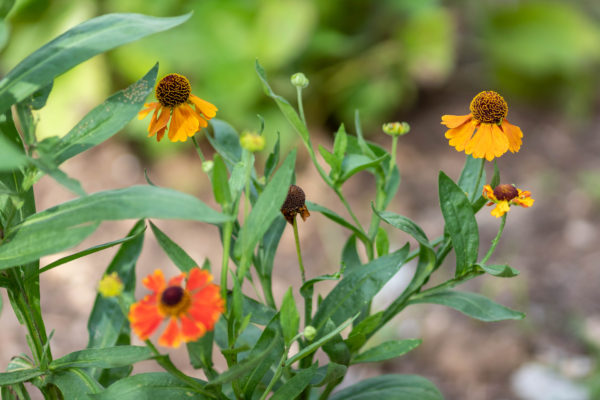

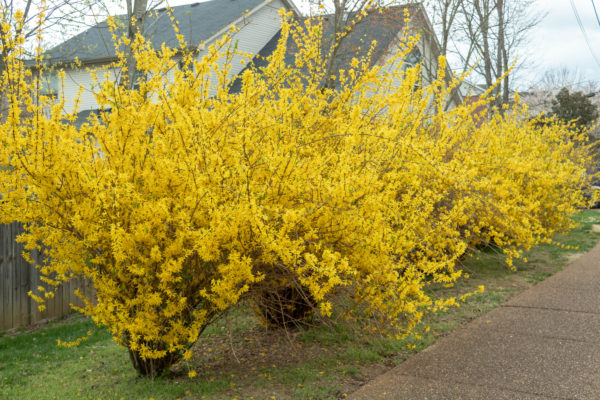
Pittsburgh PA Winter Acronite in full bloom Feb 6 they started opening. I will take your tip and put more humus out around them and hopefully we will double the crop next year. Thanks Darla Rae Duffy